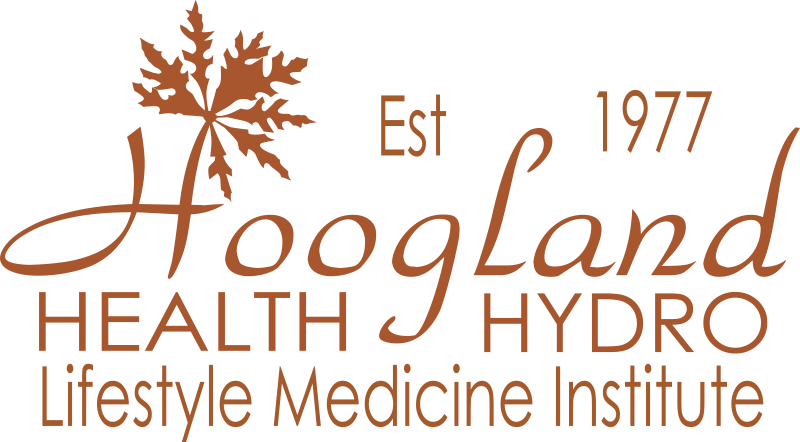Fast medicine and slow medicine represent two complementary yet very different approaches to healthcare. Understanding their roles, and how they interact, is essential for making informed decisions about our long-term well-being.
Fast Medicine: Saving Lives in Crisis
Fast medicine is intervention medicine. It is the rapid deployment of medical technology, up-to-date knowledge, and equipment to save lives and treat urgent health problems. Without fast medicine, we cannot effectively treat trauma, serious diseases, acute infections, psychiatric crisis, and many forms of age-related deterioration.
Fast medicine is focused on diagnosis and the treatment of symptoms: it is tests, medication, surgery, defibrillators, blood transfusions, ventilators, bandages, plaster casts, braces, stents, implants, fillings, replacements, grafts, gene therapy, and more.

Slow Medicine: Healing the Whole Person
Slow medicine’s focus is on whole-person health. It includes tests and diagnosis, but intervention is kept to a minimum. It is about taking the time to understand the patient’s history, lifestyle, and circumstances. Slow medicine is about following an integrative approach to healing: social, spiritual, psychological, as well as biological.
The Dance of Fast and Slow
Fast and slow medicine complement each other.
Slow medicine can often prevent the need for fast medicine, but fast medicine usually requires slow medicine for long-term success.
A patient recovering from surgery, for example, needs not only the surgical team and medications, but also the guidance of slow medicine approaches—rest, nutrition, biokinetics, mental health support, and encouragement to adopt or maintain healthy habits.
Investing in slow medicine can reduce the need for emergency interventions by promoting healthier lifestyles, early detection, and prevention of disease.
Fast medicine, when necessary, provides the lifesaving tools and immediate responses that slow medicine cannot offer. Serious injuries from a car accident are best taken care of through fast medicine.
After fast medicine stabilises a condition, slow medicine plays an important role in rehabilitation, recovery, and long-term health and well-being.
At Hoogland, we practise slow medicine, but if fast medicine is needed, it is not only available, it is rapidly organised for the best possible outcome.
The Risks of Alternative Therapies
Many people feel let down by fast medicine, especially when their symptoms are not resolved quickly or when they suffer from the side effects of treatments. In their disappointment, they sometimes turn to alternative therapies. Unfortunately, these can range from harmless but ineffective remedies to dangerous practices that promise cures without scientific backing.
Some people do experience positive outcomes from alternative therapies. This is often because their lifestyle is improved through the close therapeutic relationship with an alternative health practitioner, much as it would be the case with a slow medicine practitioner. The placebo effect can also play a powerful role.
However, we often see the tragedy of people who have abandoned conventional medicine entirely, when in fact what they may need is a better combination of fast and slow medicine, rather than a rejection of one in favour of unproven alternatives.
A tragic example is Steve Jobs, who was diagnosed with pancreatic cancer in 2003 (a rarer, slower-growing type with a better prognosis than the more common pancreatic cancers). He was advised to have surgery and chemotherapy, with a good survival chance, but chose to try out alternative therapies, including juice cleanses, first. His skin turned orange from the juicing, but the cancer kept growing, and by the time he decided to pursue conventional treatment in 2004, the picture was no longer that favourable, and one of the richest men in the world died seven years later.
Complementary Care at Hoogland
While alternative therapies may seem appealing, their risks highlight the need for evidence-based complementary approaches, like those we offer at Hoogland.
We emphasise that what we offer is complementary therapies. We have many aspects of slow medicine, a sprinkling of fast medicine when needed, and everything that complements it: caring staff, surrounded by nature, hydrotherapies, massage therapies, deliciously nutritious food, and supervised water-fasting. There really is no place quite like it.
If you want to invest in your, or a loved one’s, long-term health and well-being, if you need to embark on a journey of healing, we are at your service, and we look forward to being of assistance.
